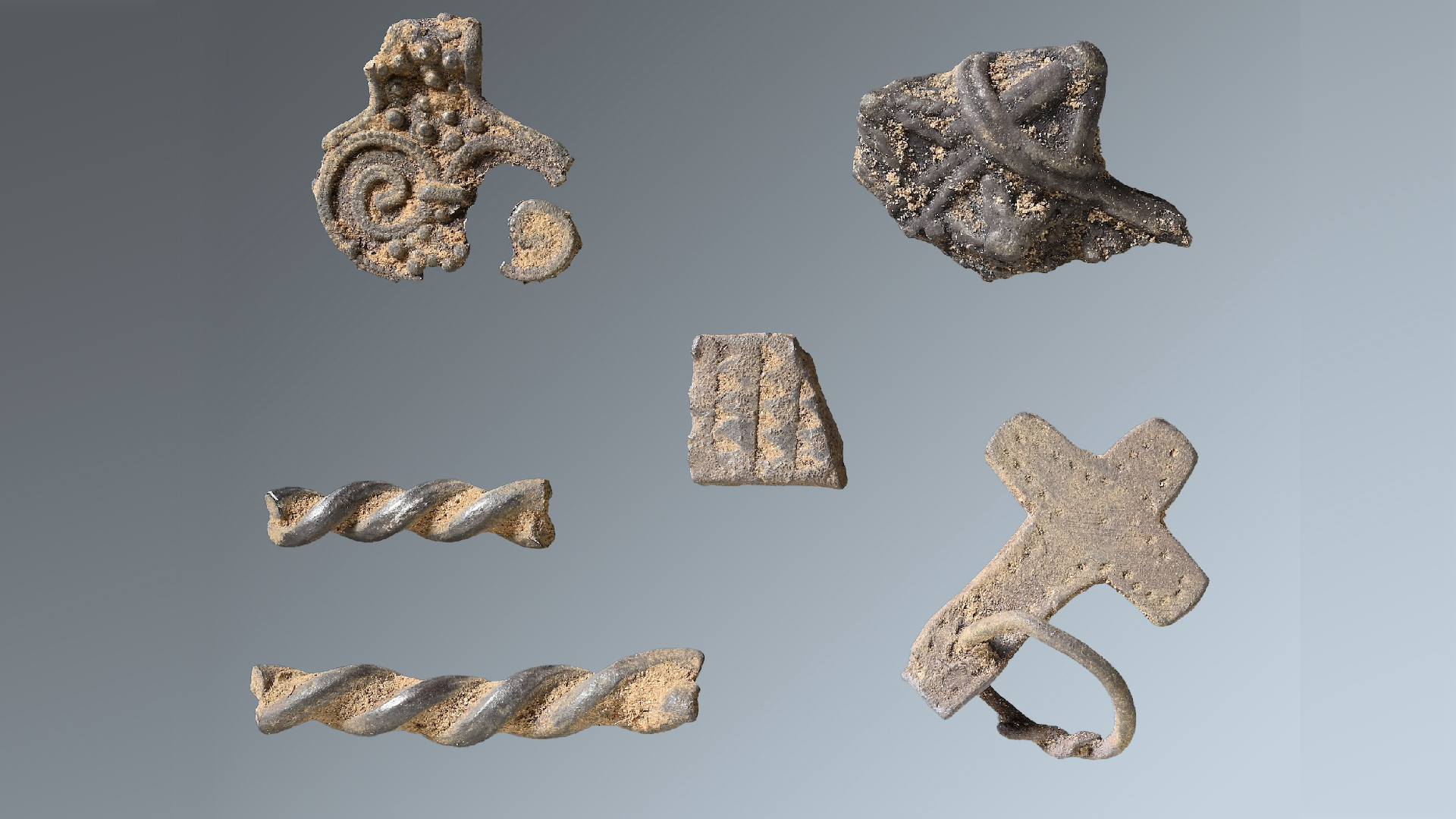
A tiny chunk of brain may partly determine whether someone is generous or stingy, new research suggests.
This particular brain region seems to makes some people quicker to learn empathy for others, the study found.
"A specific part of the brain called the subgenual anterior cingulate cortex was the only part of the brain that was activated when [the person was] learning to help other people," study co-author Patricia Lockwood, an experimental psychologist at the University of Oxford in England, said in a statement. "The subgenual anterior cingulate seems to be especially tuned to benefiting other people." [10 Things You Didn't Know About the Brain]
Brain roots of empathy
Previous research has shown that this same brain region is smaller in those suffering from major depression or bipolar disorder.
In the new study, Lockwood and her colleagues were interested in determining the roots of altruistic or so-called prosocial behaviors, and why some people are so giving whereas others are so self-focused, Lockwood said.
"Empathy, the capacity to vicariously experience and understand another person's feelings, has been put forward as a critical motivator of prosocial behaviors, but we wanted to test why and how they [empathy and prosocial behaviors] might be linked," Lockwood said.
Sign up for the Live Science daily newsletter now
Get the world’s most fascinating discoveries delivered straight to your inbox.
To get at the brain roots of altruistic behavior, the team asked volunteers to play a game while inside a magnetic resonance imaging machine that monitored their brain activity. Over a series of trials, participants had to choose between two different symbols, one of which had high odds of paying out a reward to either the participants themselves or others. Over time, the people eventually learned which symbols were tied to rewards for both themselves and others.
Quick studies
In general, people were quicker to identify the symbols that brought rewards for themselves. When the individuals were learning to help others, only an area called the subgenual anterior cingulate cortex showed increased rates of firing, the researchers reported today (Aug. 15) in the journal Proceedings of the National Academy of Sciences.
However, the people in the study showed a varying amount of firing in this area when they were learning to help others, the study found.
"People who rated themselves as having higher levels of empathy learnt to benefit others faster than those who reported having lower levels of empathy," Lockwood said. "They also showed increased signaling in their subgenual anterior cingulate cortex when benefitting others."
The findings may explain why some people seem to naturally care more for people, while it seems that other individuals couldn't care less, the researchers said. The findings could eventually lead to a way help treat people with certain conditions, such as sociopathy, which is marked by a callous disregard for others, the researchers said.
Original article on Live Science.

Tia is the managing editor and was previously a senior writer for Live Science. Her work has appeared in Scientific American, Wired.com and other outlets. She holds a master's degree in bioengineering from the University of Washington, a graduate certificate in science writing from UC Santa Cruz and a bachelor's degree in mechanical engineering from the University of Texas at Austin. Tia was part of a team at the Milwaukee Journal Sentinel that published the Empty Cradles series on preterm births, which won multiple awards, including the 2012 Casey Medal for Meritorious Journalism.
